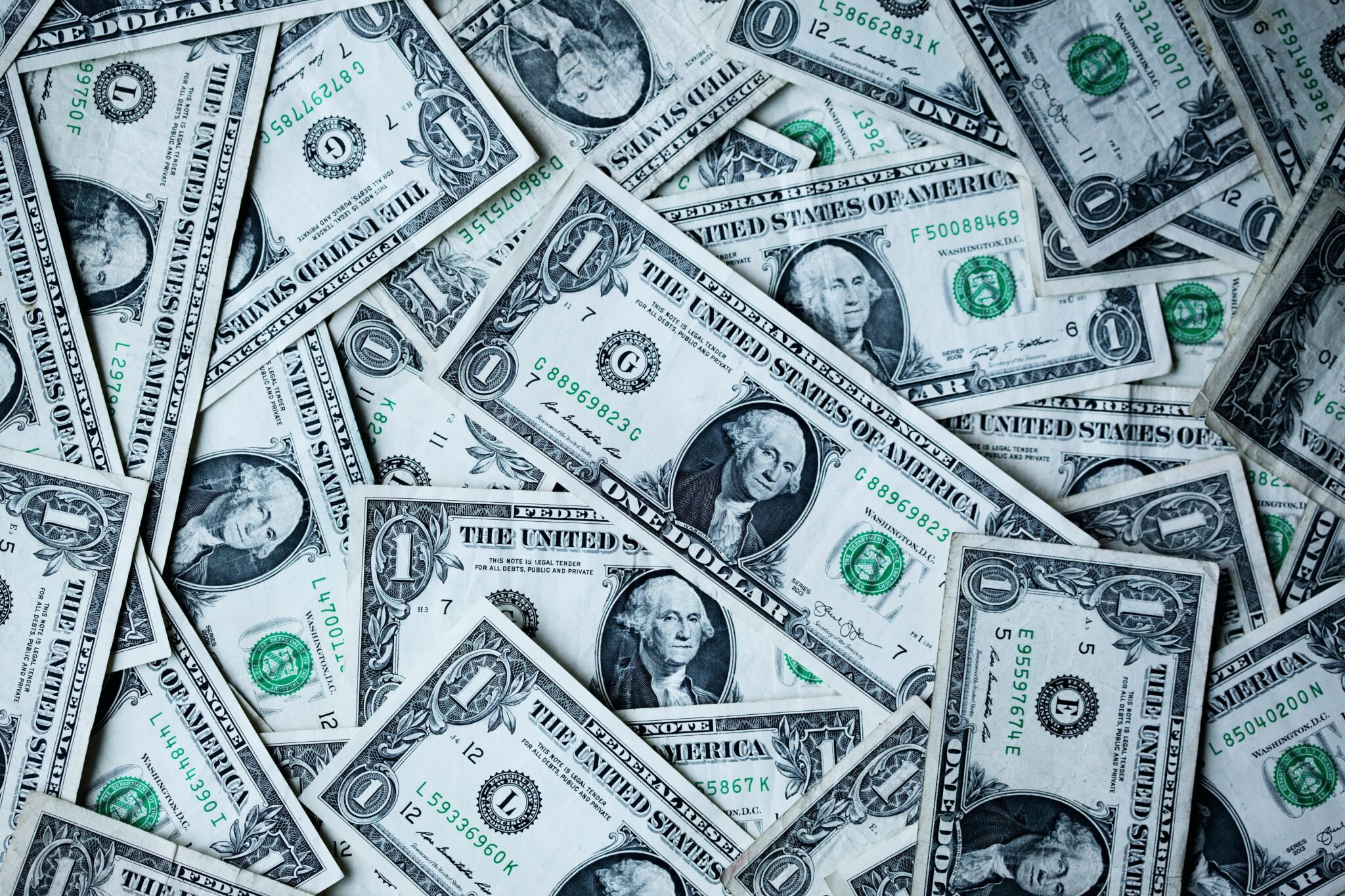Washington, DC – The World Bank published an important report this month detailing a “lost decade of economic growth for Iran” that pushed millions of Iranian citizens into poverty and economic precarity.
The report, focused on poverty statistics, covers the years 2011 through 2020 and draws upon representative annual household survey data conducted each year in Iran and made publicly available, which is unique among countries in the Middle East
The period covered in the report is bookended by major economic shocks triggered by escalations of U.S. sanctions on Iran. Between 2011 and 2012, the Obama administration oversaw major escalations of secondary sanctions targeting Iran’s oil and financial sectors, which triggered economic decline. While these sanctions were eased between 2013 and 2017 amid the success of nuclear negotiations, their return under the Trump administration in 2018 scuttled recent progress and locked Iran back into devastating economic conditions, as details in the report show.
According to the report, “[p]er-capita GDP contracted by 0.6 percent per year” amid the decade studied, which was marked by volatility in oil markets and the imposition of serious U.S. sanctions. Citing prominent academic research on the topic, the World Bank report found that sanctions played a decisive role in this economic turbulence. “Successive rounds of sanctions imposed on Iran over the past decade have caused notable declines in Iran’s GDP, oil production and exports” the report noted. Contrasting Iran’s real-world data with a no-sanctions scenario, the report cited studies that found that GDP growth was “12 to 19 percentage points lower” than projections where sanctions had never been imposed on Iran.

This translated to real economic pain for ordinary Iranians. As the authors state,
“[b]etween 2011 and 2020, the share of Iranians living below the international poverty line for upper-middle-income countries (UMIC), defined as US$6.85 per day in 2017 purchasing power parity terms, increased from 20 percent to 28.1 percent. Not only did the number of poor Iranians increase, but so did their level of deprivation. Half of Iranians are vulnerable to falling into poverty, in that their risk of becoming poor in the near future is greater than one in five—a 10 percentage-point increase from 2011.”
Purchasing power was also decimated by hyper-inflation triggered by sanctions. As the report details, “Price levels, particularly for food, nearly doubled in 2012–13 and again in 2018–19, with a more recent spike due to COVID-19…Food price increases tend to disproportionally affect the poorest; the bottom quintile of Iranian households in terms of consumption spent 45 percent of their budget on food in 2020-21, while the top quintile spent 26 percent.” The authors also detail a vicious cycle caused by inflation. “As households’ income was eroded by inflation, they were forced to cut down on consumption, pushing many households deeper into poverty …These cut-backs have entailed cutting back on non-food expenditures to afford food and rent.”

The report also notes the limited but significant impact of sanctions lifting on the Iranian economy. According to the report, “[t]he lifting of economic sanctions in 2015 created new opportunities for international trade and investment, boosting the country’s economy.” The report charts three separate periods throughout the decade, roughly aligning with the “cycle of sanctions imposed, relaxed and reimposed.” Accordingly, the authors note “[a]n initial period of moderate increases in poverty (2011–14), a phase of slight poverty decline (2014–17), and a time of sustained increases in poverty (2017–20).”
The report provides rich economic data, and notes several important trends that have continued in recent years. This includes the aging of Iran’s population and increasing economic divides between urban and rural areas, with rural areas afflicted by much higher levels of poverty. Two additional World Bank reports are planned for 2024, examining the respective impacts of sanctions reimposition and the outbreak of the COVID-19 pandemic on household impact and the impact of drought and water scarcity.
While the report only focuses on 2011 through 2020, many of the unfortunate economic trends have continued through the present day amid the continuation of so-called “maximum pressure” sanctions. Hyperinflation, soaring cost of living, millions more Iranians falling into poverty and increasing urban-rural economic divides continue, with minimal efforts to alleviate these harsh conditions.
Click here to read the report in full.
Back to top